Steven Benson received his BFA from the College for Creative Studies in Detroit and MFA from Cranbrook Academy of Art. He is the recipient of three Creative Artist Grants-Michigan Council for the Arts and a NEA/ArtsMidwest Fellowship. Collections include the Museum of Fine Art-Houston, Detroit Institute of Arts, Portland Art Museum, Centre Georges Pompidou, and Museet for Fotokunst-Denmark. Feature articles about his work have appeared in European Photography (Germany), Katalog (Denmark), Creative Camera (England), American Photo and CameraArts. Solo exhibitions include the Centre Georges Pompidou and photography festivals/biennials/triennials in Argentina, South Korea, Germany, Syria, Poland, China, Denmark and FotoFest (2004 & 2008). A forty-year retrospective of his work is being planned for 2012 at the Southeast Museum of Photography. He has twenty-five years of teaching and freelance photography experience; is a member of the National Board of Directors for the Society for Photographic Education and serves on the Board of Directors for the American Society of Media Photographers Central Florida. Steven is an Associate Professor and Program Manager at the Southeast Center for Photographic Studies at Daytona State College.
…

Steven- Prior to joining the photography faculty of Daytona State College, you had a long career as a freelance photographer, educator and writer. Could you tell us what led you to a career in photography?
Steven Benson (SB): When I was fourteen years old my parents sent me on a three-week camp bus trip across the western U.S. and north into Canada for the return to Michigan. The plastic camera I used was like a Holga but without the frills. I didn’t know at the time what the subjects I was photographing would look like as photographs. When the pictures came back from the drugstore I was astounded by the difference between how the photographs looked in comparison to my memory of the subjects at the time the exposures were made. I was not expecting the reductive qualities the photographs presented – two dimensional, motionless, silent and very small. Realizing this transformative power was a profoundly magical experience that continues to stay with me. What followed was a better camera - teaching myself how to process B&W film and print in a makeshift darkroom under the stairs in my parent’s basement. I started photographing every day and it has never stopped.

© “Incantations”, 1983, Hand colored silver print (collection: Jerry Uelsmann/Maggie Taylor)
Have you always imagined your career as a full time photo educator?
SB: After completing my BFA I submitted an application to the Artist-in-Residence program administered through the Michigan Council for the Arts. The program placed artists in underserved communities. The opportunity was offered to me to work for a year in a rural part of Michigan with a ninety square mile school district. It was a farming community where the school bus picked up some of the students at 5:00 AM in order for them to make it to class by 8:00 AM. During the corn-harvesting season I remember students falling asleep in class because they were up all night to help their families with the harvest. It was during this residency that I realized the rewards of teaching. My studio/darkroom was connected to the bus garage (the exhaust fumes were a little strong in the morning). It was here that I witnessed the sheer joy of students who never thought about doing anything ‘creative’ discover aspects of themselves that changed their view of who they were and what they can become. It was because of this experience that I hoped to be able to devote myself to teaching full-time at some point in my life.
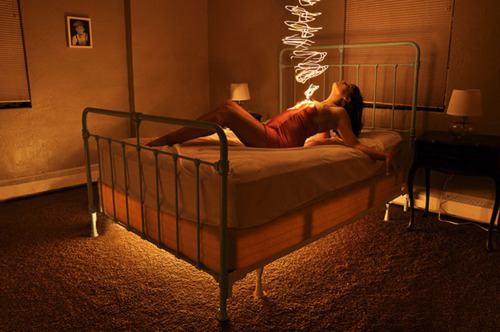
After completing my residency I continued teaching as an adjunct at colleges and universities in the Detroit metropolitan area for the next twenty years while running my studio, working as a freelance photographer and completing my MFA. In 2000 I was offered a full-time teaching position at the College for Creative Studies. I gave up my studio and have been able to “live my dream” ever since while still accepting freelance assignments on a selective basis.
Your freelance career spans 25 years- Can you discuss how this experience benefits your students?
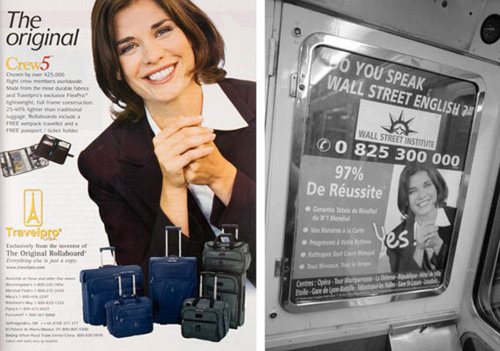
This series of interviews features schools as well as the teachers. Can you describe the photography program at Daytona State College? What can your students expect of your program? Where do your alumni go after their experience at Daytona?

The faculty at DSC and UCF teach across the four-year curriculum. This creates an engaging dynamic environment for teaching and, for students, a remarkable place to study photography. Students study for the first two years at DSC and can choose to complete their BS degree with a seamless transfer to UCF. While there are 350 photo majors studying in our program we maintain a warm user-friendly environment with a lot of personal attention devoted to each student’s needs and interests. Our alumni include Pulitzer Prize winning White House photographer Stephen Crowley, Inc. Magazine editor Travis Ruse, The Photographers Survival Guide author and photography consultant with Agency Access Amanda Sosa Stone, Under the Radar magazine publisher Wendy Redfern, photographer Ed McDonald serves as a member of the National Board of Directors of ASMP (American Society of Media Photographers) to name just a few. Recent graduates Erin Gordon (see Black Angel photo) is currently working on her MA in fashion photography at the prestigious London College of Fashion, Tyson Robertson completed his BFA at Parsons The New School of Design. Current students include Gaye Ajoy who is interning at Magnum Photo and Eduardo Silva interning at Milk Studios, ClampArt Gallery and ICP in NYC.
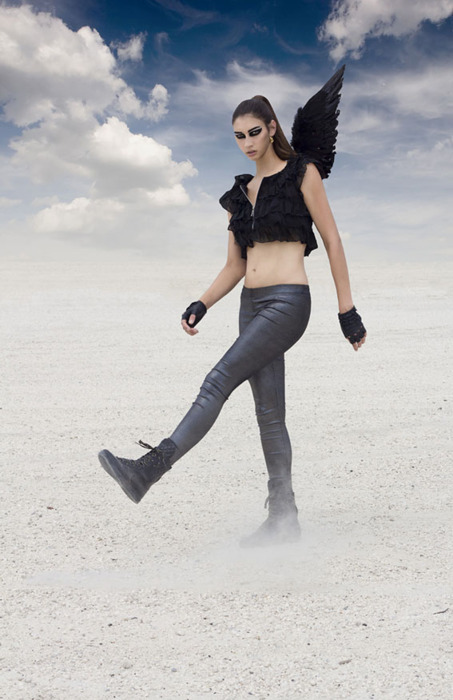
I was first introduced to your work through your book “The Cost of Power” in China. Please discuss the themes in your creative work and how they relate to the interests in your teaching. Are there specific projects or classes that you relate to contemporary political landscape? How important is this discourse in the study of contemporary photography?

From a purely philosophical position I understand (via Jean Baudrillard at a picnic in Arles) that the “photograph is not a document – it is a fiction”. To move this idea to the next level, based on an understanding of ‘reality’ as a construction, the photograph is a fiction about a fiction. Within documentary photographic practice there is always that edge we often have to walk between the desire to make aesthetically engaging photographs while at the same time not allowing that desire to overtake the subject of the photograph. In my case it is a tendency toward the surreal with strong visual dynamics. In a related sense I see sophisticated photographs that achieve this balance as marking points in space where internal and external intersect. I am acutely aware of my personal conceptual armature and don’t allow it to direct my analysis of student work (although I would admit it has influenced the selection of student work reproduced here). My goal as a teacher is to help students identify their photographic paths and help them succeed in perfecting their skill-sets and intellectual depth. I try to accomplish this by using an open system whenever possible to allow students the ability to respond to assignments in a way that is personally meaningful to them in the hope that the resulting photographs can contribute to building their portfolios.
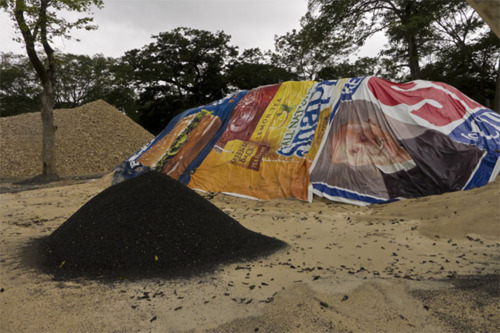
You are serving on National Board for Society for photographic education. You are also a member of American Society of Media Photographers. How do these affiliations relate to your teaching career? What are the benefits your students enjoy through your connections with these institutions?
SB: I see my involvement with SPE as a member of the National Board of Directors and the American Society of Media Photographers as a General Member and serving on the Board of Directors for the Central Florida Chapter as an extension of my commitment to education and the profession of photography. This is not new territory for me. I’ve headed up several non-profit arts organizations prior to my arrival in Florida. My hope is that through my example students will consider taking on leadership roles wherever they may professionally land. I try to stress the importance of not simply being an observer of their surroundings but the significance of being active participants in the world – that their actions can make a difference.
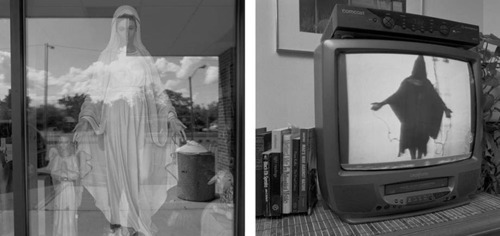
LINKS
Steven Benson
Urbanautica United States
share this page